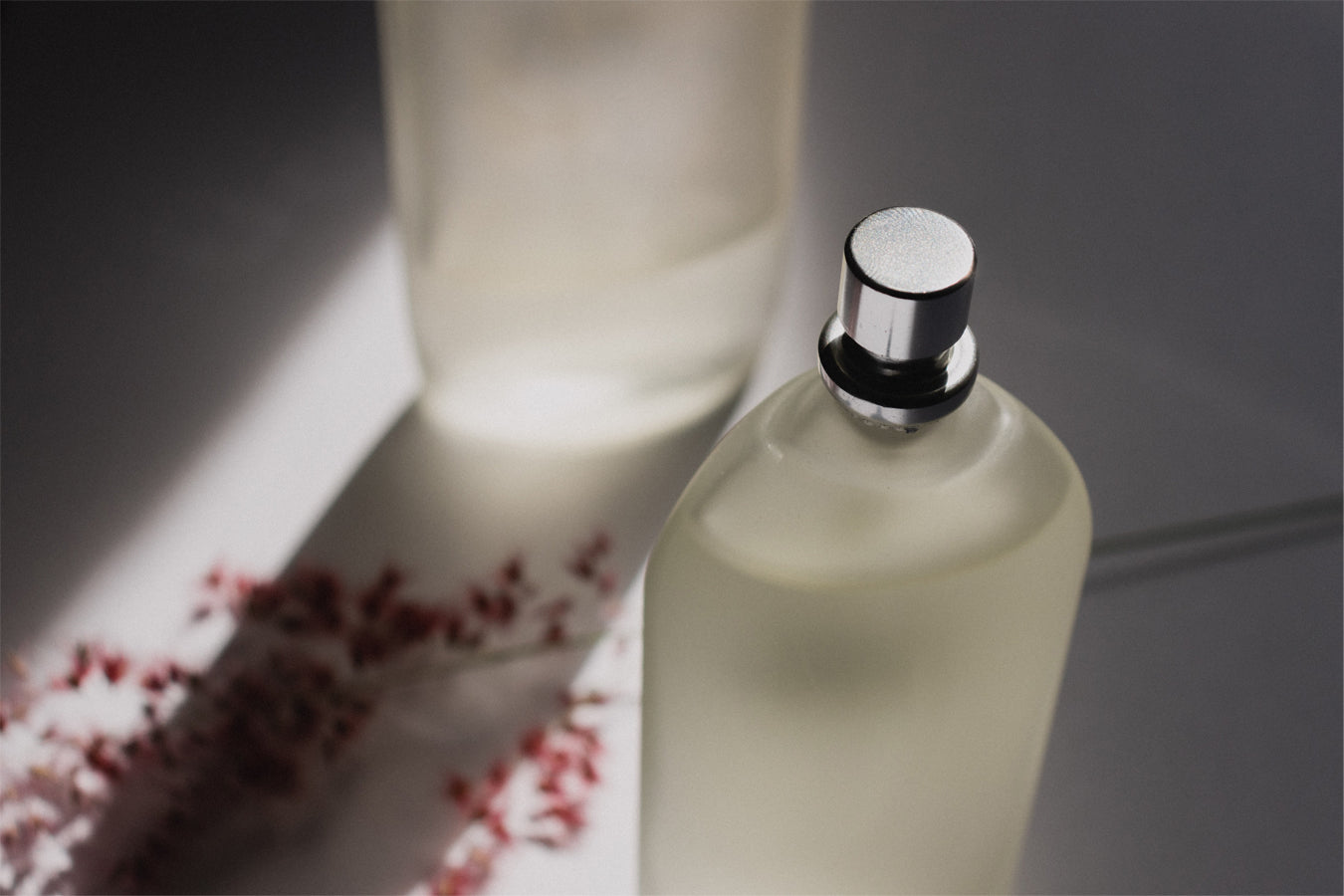IFRA (International Fragrance Association) standards are essential guidelines that govern the safe use of fragrances in consumer products. These regulations ensure that fragrances used in cosmetics, cleaning products, and personal care items are safe for human health and the environment. By establishing limits on specific ingredients and dictating usage concentrations, IFRA standards protect consumers from potentially harmful effects while promoting the responsible use of aromatic compounds. Understanding how IFRA standards work helps businesses comply with regulations and ensure their products meet the highest safety and quality benchmarks. This sets boundaries when fragrances are created by setting limits to a broad variety of fragranced finished consumer products, such as rinse-off soaps or leave-on lotions.
Being aware of these standards is crucial for small business owners when formulating with fragrances, as it ensures both the safety of human health and the protection of the environment.

How Does It Work?
There is a document called The Complete IFRA Standards - Currently on the 50th Amendment at the time of writing, and this document lists all of the possible compounds that can be found in an ingredient list of a fragrance oil. This does not list any specific fragrances, instead it lists the scientific breakdown of an ingredient that could be present in a fragrance oil formulation.
That being said, this can be quite a complicated document to follow and more often than not, you will not know exactly which ingredients are in a fragrance oil formulation as most suppliers keep their formulas confidential, therefore any supplier you buy from should be able to supply you with a Certificate of Conformity at the very least.

Certificate of Conformity - Why You Need It, and How to Use It
When you order a fragrance oil from a supplier, you should always request a Certificate of Conformity. Here at Brightpack, we have a Certificate of Conformity (COC) listed under each and every fragrance oil product on our website. The reason for this is that each fragrance oil has its own unique formula, and therefore has its own unique uses as well.
The purpose of a COC is to give you guidance on the application of a fragrance oil to a product you are making, according to the IFRA standards. Each fragrance oil has a table of IFRA Categories, and in the COC the table illustrates what the maximum level of use is for a fragrance oil in a specific category.
Lets take our Warm Cinnamon Fragrance Oil as an example - Under Category 9 (which are products with body and hand exposure, primarily rinse off), the limit is 4.35%, whereas under to Category 1 (which is product applied to the lips), the limit is Not Approved.
So this means that you cannot use the Warm Cinnamon Fragrance Oil in any lip products at all, however you may add it to rinse-off hand products such as a hand soap, if the Fragrance Oil is 4.35% or less of your formula.
When conforming to these guidelines, not only does it help you make the right decisions for your formula, but it also protects you. In some areas, there is a stigma against using fragrance in especially skincare and body care products due to some people having skin sensitivities and reacting badly to fragrance in products, however it may not always be the Fragrance Oil that is to blame - especially if you are applying it in your formula to the suggested level of use. But that does not mean just because you are following the COC guidelines exactly, that your formula won’t cause any irritations due to the fragrance oil. It may be a chemical reaction between two or more of your ingredients, whether it includes fragrance or not, therefore it is always a good idea to have your formulas tested for any possible side effects or irritants.

Category Definitions
Under each fragrance oil product on our website, we have the Certificate of Conformity specific to that oil, as well as a separate document available describing exactly what each category represents. Below are all of the categories and their definitions, which is also available in PDF format here:
IFRA Category 1: Products applied to the lips: Lip products e.g. lipstick, lip balm; Children’s toys.
IFRA Category 2: Products applied to the axillae: Deodorant and antiperspirant products of all types; Body sprays/mists.
IFRA Category 3: Products applied to the face/body using fingertips: Eye products e.g. eye make-up, eye moisturiser; Facial make-up; Make-up remover; Nose pore strips; Wipes for face, neck, hands, body; Facial masks; Body and face paint.
IFRA Category 4: Products related to fine fragrance: Hydroalcoholic and non-hydroalcoholic fine fragrance of all types e.g. Eau de Toilette, Parfum, Cologne, solid perfume, fragrance cream, aftershaves of all types; Ingredients of perfume and fragrance mixtures for cosmetic kits; Scent pads; Scent strips.
IFRA Category 5A: Body lotion products applied to the body using the hands (palms), primarily leave on: Foot care products e.g. creams, powders; Insect repellent for application to the skin; All powders and talc (excluding baby powders and talc)
IFRA Category 5B: Face moisturiser products applied to the face using the hands (palms), primarily leave on: Facial toner; Facial moisturisers and creams.
IFRA Category 5C: Hand cream products applied to the hands using the hands (palms), primarily leave on: Hand cream; Nail care products including cuticle creams; Hand sanitizers.
IFRA Category 5D: Baby creams, baby oils and baby talc: Baby cream/lotion, baby oil, baby powders and talc.
IFRA Category 6: Products with oral and lip exposure: Toothpaste; Mouthwash, including breath sprays; Toothpowder, strips, mouthwash tablets.
IFRA Category 7A: Rinse-off products applied to the hair with some hand contact: Hair permanent or other hair chemical treatments (rinse-off) e.g. relaxers, including rinse-off hair dyes.
IFRA Category 7B: Leave-on products applied to the hair with some hand contact: Hair sprays of all types e.g. pumps, aerosol sprays; Hair styling aids non sprays e.g. mousse, leave- on conditioners; Hair permanent or other hair chemical treatments (leave-on) e.g. relaxers, including leave-on hair dyes; Shampoo - Dry (waterless shampoo); Hair deodoriser.
IFRA Category 8: Products with significant anogenital exposure: Intimate wipes; Tampons; Baby wipes; Toilet paper (wet).
IFRA Category 9: Products with body and hand exposure, primarily rinse off: Bar soap; Liquid soap; Shampoo of all type; Conditioner (rinse-off); Body washes and shower gels of all types; Baby wash, bath, shampoo; Bath gels, foams, mousses, salts, oils and other products added to bathwater; Cleanser for face (rinse-off); Shaving creams of all types e.g. stick, gels, foams; All depilatories (including facial) and waxes for mechanical hair removal; Foot care products (feet are placed in a bath for soaking); Shampoos for pets.
IFRA Category 10A: Household care excluding aerosol / spray products: Hand wash laundry detergent; Laundry pre-treatment of all types e.g. paste, sprays, sticks; Machine laundry detergents with skin contact e.g. liquids, powders; Fabric softeners of all types including fabric softener sheets; Ironing water; Hand dishwashing detergent; Hard surface cleaners of all types e.g. bathroom, kitchen cleansers, furniture polish; Toilet seat wipes; Household cleaning products, other types including fabric cleaners, carpet cleaners, furniture polishes sprays and wipes, stain removers, treatment products for textiles e.g. starch sprays; Floor wax; Dry cleaning kits; Fragranced oil for lamp ring, reed diffusers, pot-pourri, liquid refills for air fresheners (noncartridge systems), etc.
IFRA Category 10B: Household aerosol/spray products: Animal sprays applied to animals; Air freshener sprays, manual, including aerosol and pump; Aerosol/spray insecticides.
IFRA Category 11A: Products with intended skin contact but minimal transfer of fragrance to skin from inert substrate without UV exposure: Feminine hygiene conventional pads, liners, inter-labial pads; Diapers (baby and adult); Adult incontinence pant, pad; Toilet paper (dry).
IFRA Category 11B: Products with intended skin contact but minimal transfer of fragrance to skin from inert substrate with potential UV exposure: Tights with moisturisers; Scented socks, gloves; Facial tissues (dry tissues); Napkins; Paper towels; Wheat bags; Facial masks (paper/protective) e.g. surgical masks not used as medical device; Fertilisers, solid (pellet or powder).
IFRA Category 12: Products not intended for direct skin contact, minimal or insignificant transfer to skin: Candles of all types; Laundry detergents for machine wash with minimal skin contact (e.g. Liquid tabs, pods); Automated air fresheners and fragrance of all types e.g. concentrated aerosol with metered doses, plug-ins, electrical, incense, liquid refills (cartridge); Air delivery systems; Cat litter; Cell phone cases; Deodorisers/maskers not intended for skin contact e.g. fabric drying machine deodorisers, carpet powders; Fuels; Insecticides e.g. mosquito coil, paper, electrical, for clothing, excluding aerosols/sprays; Joss sticks or incense sticks; Dish wash detergent and deodorisers - for machine wash; Olfactive board games; Paints; Plastic articles (excluding toys); Scratch and sniff; Scent pack; Scent delivery system (using dry air technology); Shoe polishes; Rim blocks (Toilet)
We truly hop this helps you make informed decisions when formulating - Happy Creating!
For any more information, please visit the International Fragrance Association Website.

